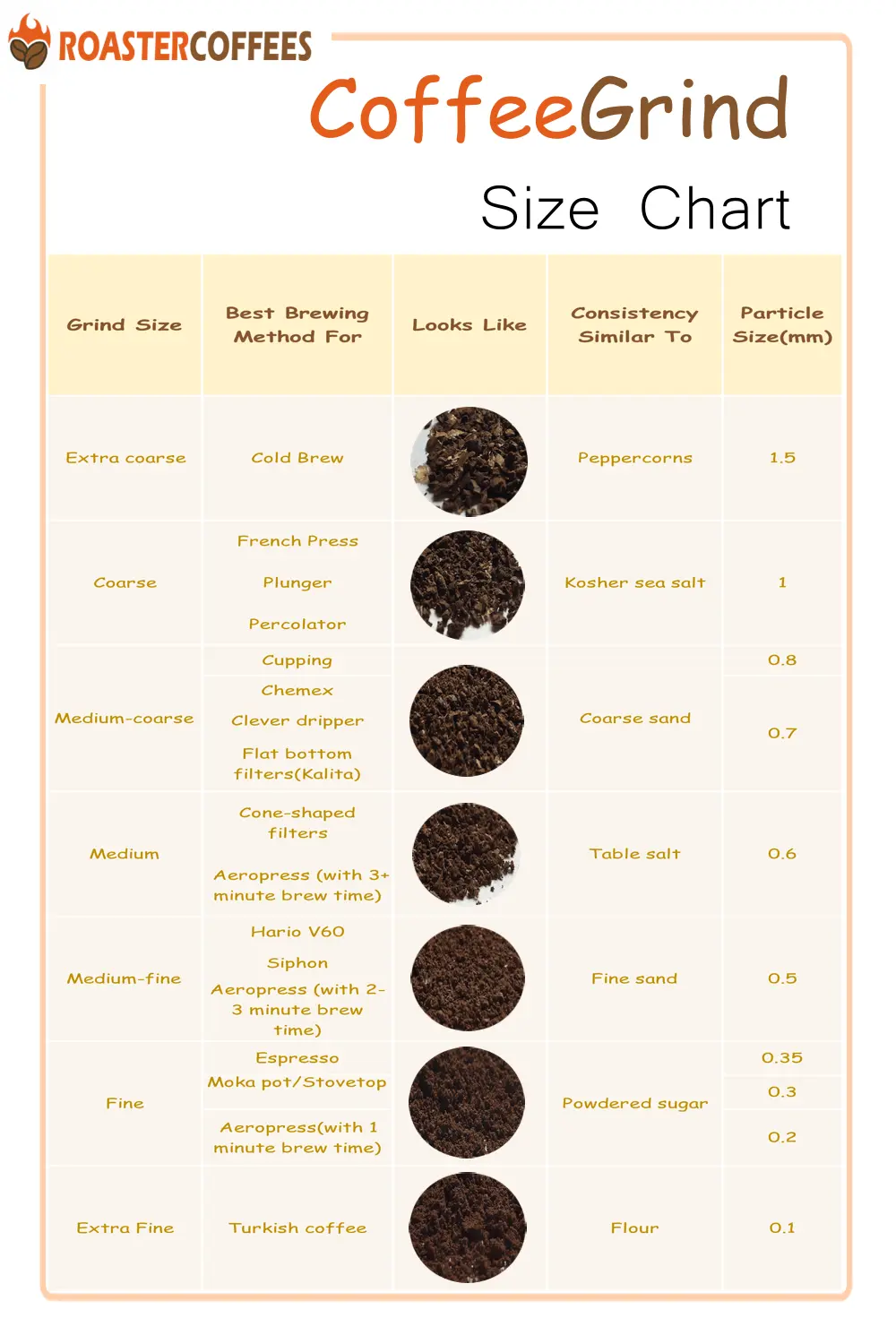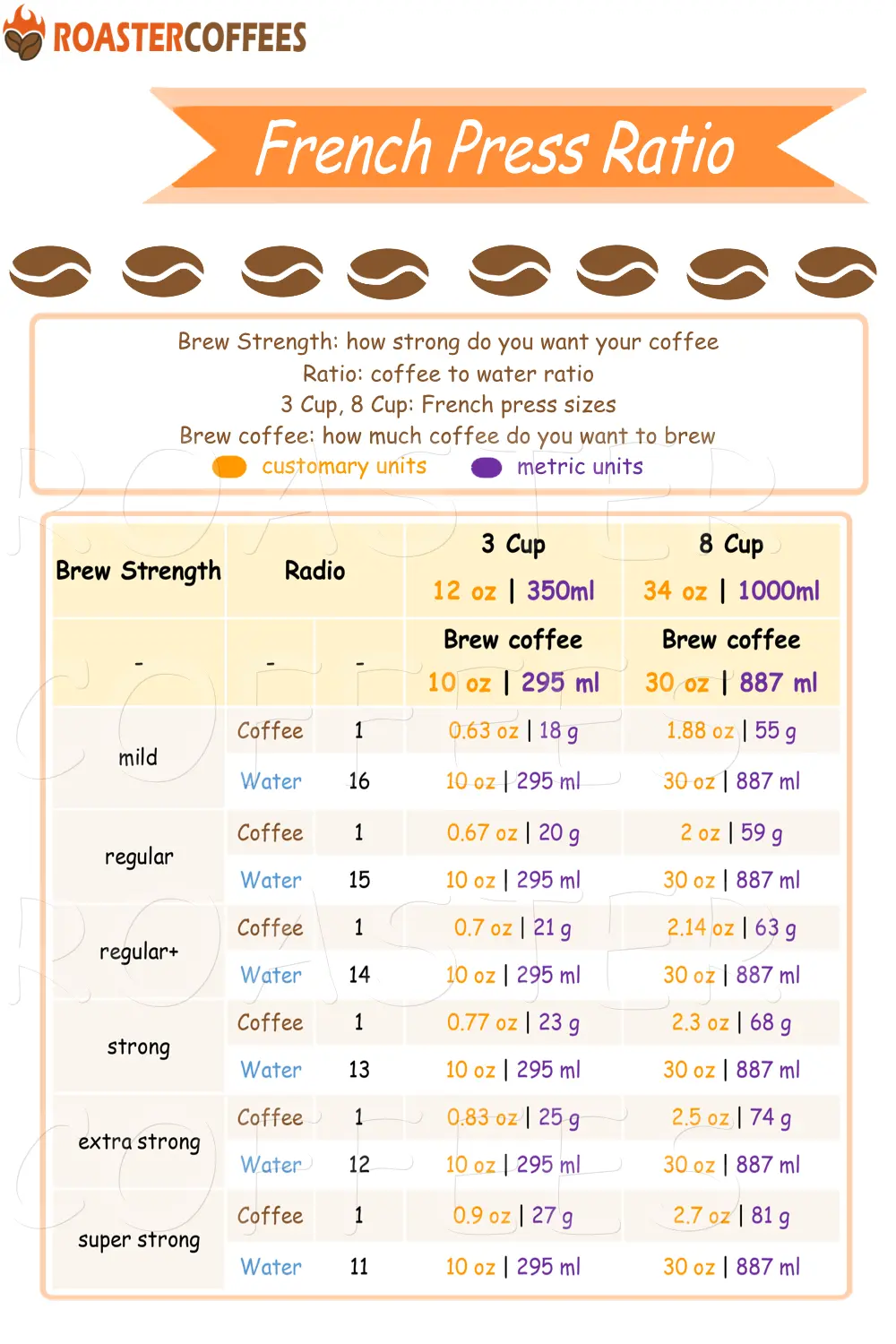Brewing A Sustainable Future: Cutting-Edge Strategies To Eliminate Waste In The Coffee Industry
The coffee industry is a global powerhouse, serving over 2.25 billion cups daily. Yet, this beloved beverage comes with a hidden cost: 23 million tons of waste generated annually, spanning farms, roasteries, cafés, and landfills. From coffee pulp contaminating waterways to single-use cups clogging ecosystems, the sector's environmental footprint is unsustainable. But innovation is brewing. This comprehensive guide explores actionable strategies, groundbreaking technologies, and collaborative efforts driving the coffee industry toward a zero-waste future.

1. The Anatomy of Coffee Waste: A Supply Chain Breakdown
Understanding the scale and sources of waste is critical to addressing it effectively.
A. Agricultural Waste (45% of Total)
Coffee Pulp/Husk: 10 million tons discarded yearly post-harvest, often left to rot and emit methane.
Wastewater: Wet processing generates 20 liters of acidic, nutrient-rich water per kg of beans, contaminating rivers.
Defective Beans: 5–15% of harvests rejected due to size, insect damage, or fermentation flaws.
B. Production and Roasting Waste (25%)
Chaff (Silverskin): 2% of roasted coffee weight becomes waste, typically burned or dumped.
Energy Inefficiency: Traditional drum roasters waste 50% of heat, increasing carbon footprints.
C. Consumer and Café Waste (30%)
Spent Grounds: 99% of used coffee grounds end up in landfills, releasing methane equivalent to 1.5 million cars annually.
Packaging: 16 billion disposable cups used yearly; fewer than 1% are recycled due to plastic liners.
Food Waste: Cafés discard 8% of stock—pastries, milk, and beans—due to overproduction.
D. Broader Impacts
Carbon Emissions: 15.3 kg CO2 emitted per kg of coffee, mainly from farming and transport.
Water Usage: 140 liters of water required per cup, largely in irrigation and processing.
Coffee sustainability and caffeine content are interconnected through farming practices, bean varieties, and environmental impact. Sustainable coffee cultivation often prioritizes shade-grown, organic, and ethically sourced beans, which can influence caffeine levels. Arabica beans, commonly grown using sustainable methods, have lower caffeine content than Robusta, which is more resistant to pests due to its higher caffeine concentration. A caffeine calculator helps consumers compare caffeine levels across sustainably grown coffees. Additionally, sustainable processing methods, such as washed or natural processing, can subtly impact caffeine retention. Choosing sustainable coffee supports ethical farming while allowing for mindful caffeine consumption based on individual preferences.
2. Farm-Level Innovations: From Pulp to Prosperity
Transforming agricultural byproducts into revenue streams is key to reducing farm waste.
A. Upcycling Coffee Cherry Byproducts
Cascara Revolution
Product: Dried coffee cherry husks, packed with antioxidants (e.g., chlorogenic acid) and 5x the iron of spinach.
Market Success: Cascara teas, sodas, and syrups now form a $50M global market. Stumptown Coffee sells cascara-infused sparkling water, while Wize Monkey (Canada) crafts cascara-based energy drinks.
Nutritional Boom: Cascara's polyphenol content rivals green tea, driving demand in health-conscious markets.
Coffee Pulp as Industrial Feedstock
Coffee Flour: Companies like Coffee Flour Global dehydrate and mill pulp into gluten-free flour, used in pasta, baked goods, and even beer. A single ton of pulp yields 200 kg of flour, sold at $12/kg.
Bioplastics: Mexican startup Polybion uses coffee pulp to grow bacterial cellulose for biodegradable packaging, reducing plastic reliance by 30% in pilot projects.
Biochar: ETH Zurich researchers convert pulp into biochar via pyrolysis, sequestering carbon and boosting soil fertility. Guatemalan farms using biochar report 20% higher yields.
Animal Feed and Fertilizer
Livestock Feed: Nicaraguan farms mix pulp with rice bran to create nutrient-rich feed, cutting farmers' costs by 15%.
Vermicomposting: Brazilian cooperatives like Guima Café use worms to break down pulp into premium fertilizer, replacing synthetic alternatives.
B. AI and IoT: Precision Farming for Waste Reduction
Defect Detection Systems
Demetria AI: Colombian startup uses hyperspectral imaging to sort beans by size, color, and density, reducing defective bean waste by 30%.
IBM Food Trust: Blockchain tracks beans from farm to roastery, ensuring quality and minimizing rejection rates.
Resource Optimization
Smart Irrigation: IoT sensors monitor soil moisture, cutting water use by 40% on Kenyan farms.
Drone-Based Pest Control: Drones apply targeted biopesticides, reducing chemical runoff by 60%.
C. Regenerative Farming Models
Agroforestry Systems
Shade-Grown Coffee: In Nicaragua, intercropping with banana and cedar trees reduces soil erosion and diversifies income. Shade-grown farms yield 25% more coffee and host 30% more biodiversity.
Inga Alley Cropping: Planting nitrogen-fixing Inga trees between coffee rows improves soil health naturally, eliminating synthetic fertilizers.
Closed-Loop Processing
Biogas Digesters: Kenyan farms use anaerobic digesters to convert pulp into biogas, powering processing facilities and cutting diesel use by 90%.
Water Recycling: Colombian wet mills treat wastewater via constructed wetlands, reusing 80% for irrigation.
3. Roasting and Production: Reinventing Efficiency
Roasteries are adopting circular economy principles to slash waste.
A. Energy-Efficient Roasting Technologies
Heat Recapture Systems
Loring Smart Roasters: Recirculates 80% of heat, reducing energy use by 50% and eliminating smokestack emissions. Over 1,000 Loring roasters globally save 12,000 tons of CO2 annually.
Solar Roasting: Solar Roast Coffee (USA) uses parabolic mirrors to roast beans emission-free, achieving 100% renewable energy use.
Chaff Upcycling
Animal Feed: Vietnamese roasteries blend chaff with rice bran for poultry feed, reducing feed costs by 10%.
Construction Materials: UK's Bio-bean compresses chaff into insulation panels with 30% better thermal efficiency than fiberglass.
B. Circular Bean Utilization
Defective Bean Products
Coffee-Infused Beer: Dogfish Head Brewery (USA) uses defective beans in its "Palo Santo Marron" stout, diverting 5 tons annually from landfills.
Coffee Flour: Lightly roasted defective beans add earthy flavors to artisanal bread, sold at $8/loaf in Whole Foods.
Silverskin Innovations
Antioxidant Extracts: Danish startup Kaffe Bueno isolates chlorogenic acid from silverskin for anti-aging serums, selling 50,000 units yearly.
Fiber-Rich Foods: UK's UpCircle Beauty incorporates silverskin into protein bars, boosting fiber content by 40%.
4. Café and Consumer Solutions: Closing the Loop
Cafés and consumers play pivotal roles in reducing downstream waste.
A. Zero-Waste Café Models
Reusable Systems
CupClub (UK): RFID-tracked reusable cups reduce single-use waste by 92%. Users pay a $3 deposit, refunded upon return via app.
Mug Libraries: Australia's KeepCup partners with 1,200 cafés to lend cups, cutting waste by 15 million units annually.
Spent Grounds Recycling
Grounds-to-Garden Programs: Starbucks' "Grounds for Your Garden" donates 6,000 tons of compost yearly to urban farmers.
Mushroom Farming: GroCycle (UK) trains cafés to grow oyster mushrooms from grounds, yielding 1 kg of mushrooms per 5 kg of grounds.
Food Rescue Initiatives
Olio App: Connects 3 million users to rescue unsold café food, diverting 12 million items since 2015.
Too Good To Go: Sells "surprise bags" of surplus pastries at 70% off, rescuing 250,000 meals monthly across Europe.
B. Consumer Education and Engagement
DIY Upcycling Workshops
Coffee Ground Candles: London's Hackney Coffee Company teaches candle-making, using 200g of grounds per candle.
Natural Dyes: Workshops demonstrate dyeing fabrics with coffee waste, replacing toxic chemical dyes.
Carbon Labeling
Lavazza and Illy display carbon footprints on packaging, empowering consumers to choose low-impact options.
5. Packaging Revolution: Beyond Single-Use Plastics
Innovative materials and systems are redefining coffee packaging.
A. Compostable and Edible Alternatives
Seaweed-Based Pods
Notpla (UK): Compostable coffee pods decompose in 6 weeks, used by 500+ UK cafés.
Coffee Ground Packaging
Kaffeeform (Germany): Cups made from recycled grounds and plant-based binders, selling 100,000 units yearly.
Edible Films
Loliware (USA): Hyper-compostable cups dissolve in water if uneaten, made from seaweed and organic sweeteners.
B. Blockchain-Enabled Circular Systems
BeanChain by Farmer Connect
How It Works: QR codes on packaging let consumers trace beans to farms. Returning packaging earns discounts, with materials recycled into new products.
Impact: Pilot in Colombia reduced packaging waste by 40% in 2023.
Coffee grind size directly impacts coffee waste by influencing extraction efficiency and brewing precision. A grind that is too fine for a specific method can lead to over-extraction, making coffee bitter and requiring more beans to achieve a balanced flavor. Conversely, an overly coarse grind can result in under-extraction, leading to weak coffee and wasted grounds. Using the correct grind size for each brewing method reduces waste by ensuring optimal flavor extraction. Additionally, proper grind size selection minimizes excess coffee usage and enhances sustainability. Investing in a burr grinder and following a coffee grind size chart helps reduce waste effectively.
6. Industrial Symbiosis: Cross-Sector Partnerships
Coffee waste is fueling innovation in unexpected industries.
A. Construction Materials
Coffee Concrete
RMIT University (Australia): Mixing grounds with slag creates concrete 30% stronger, reducing sand mining.
Acoustic Panels
SoundCoff (Italy): Tiles made from spent grounds absorb 95% of sound, used in offices and studios.
B. Fashion and Beauty
Coffee Dyeing
SCIN Project (Colombia): Grounds produce UV-resistant dyes for textiles, adopted by H&M for 2024 collections.
Skincare Innovations
Kaffe Bueno: Coffee oil extracts reduce cellulite in creams sold at Sephora, generating $2M annual revenue.
C. Renewable Energy
Biogas Production
Seoul Initiative: Converts 100% of citywide coffee waste into biogas, powering 300,000 homes.
Coffee Logs
Bio-bean (UK): Firelogs from grounds emit 80% less CO2 than wood, sold in 1,000+ UK stores.
7. Policy, Certification, and Education
Systemic change requires regulatory support and industry-wide standards.
A. Regulatory Frameworks
EU Single-Use Plastics Directive
Bans plastic-lined cups by 2024, pushing brands toward compostable alternatives.
Rwanda's Coffee Waste Mandate
Requires 100% pulp composting, with fines up to $5,000 for non-compliance.
B. Certifications
Zero Waste Coffee Certification
Audits roasteries on 90%+ waste diversion rates, adopted by 200+ companies globally.
Cradle-to-Cradle Certification
Ensures packaging is reusable or compostable, held by Lavazza and Illy.
C. Training Programs
SCA Sustainability Curriculum
Teaches baristas waste-reduction techniques, from precise dosing to oat milk alternatives.
Winnow AI
Tracks café waste via smart bins, cutting food waste by 50% in 1,000+ locations.
8. Case Studies: Pioneers Leading the Charge
Nespresso's Aluminum Recycling
Achieved 35% global capsule recycling via free UPS returns, upcycling metal into bicycles and knives.
Costa Rica's "Coffee Parks"
Government-funded hubs process waste into biogas and fertilizer, serving 200+ farms.
Starbucks' Circular Cup Challenge
Partnered with Closed Loop Partners to pilot recyclable cups in 12 cities, diverting 25M cups yearly.
Challenges and the Path Forward
Barriers remain but are surmountable:
Cost: Compostable packaging costs 30–50% more, but economies of scale are lowering prices.
Consumer Habits: 65% prioritize convenience, but Gen Z's eco-consciousness (72% willing to pay more) is shifting norms.
Infrastructure: Only 9% of cities have industrial compost facilities, necessitating public-private partnerships.
The future is bright:
The circular coffee market is projected to hit $18B by 2030.
Upcycled products command 20–30% price premiums, incentivizing innovation.
Conclusion: A Call to Collective Action
The coffee industry's waste crisis is solvable through technology, creativity, and collaboration. From AI-optimized farms to blockchain-tracked packaging, every stakeholder has a role. By reimagining waste as a resource, we can brew a future where coffee sustains both people and the planet.
As you sip your next cup, remember: Sustainability isn't a choice—it's the essence of coffee's future.
References:
Exploring The World Of Coffee Bean Varieties
The Unique Elegance of Eugeniodes Coffee
Mar 17, 2025 - 14:29 UTC

